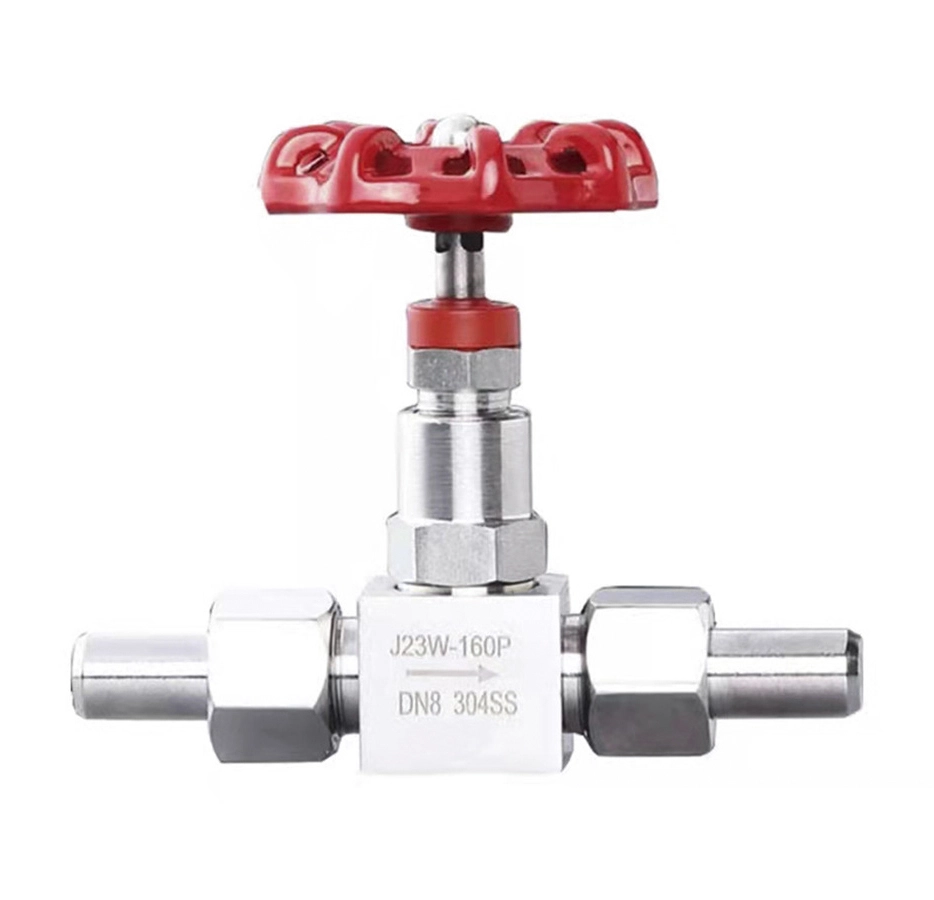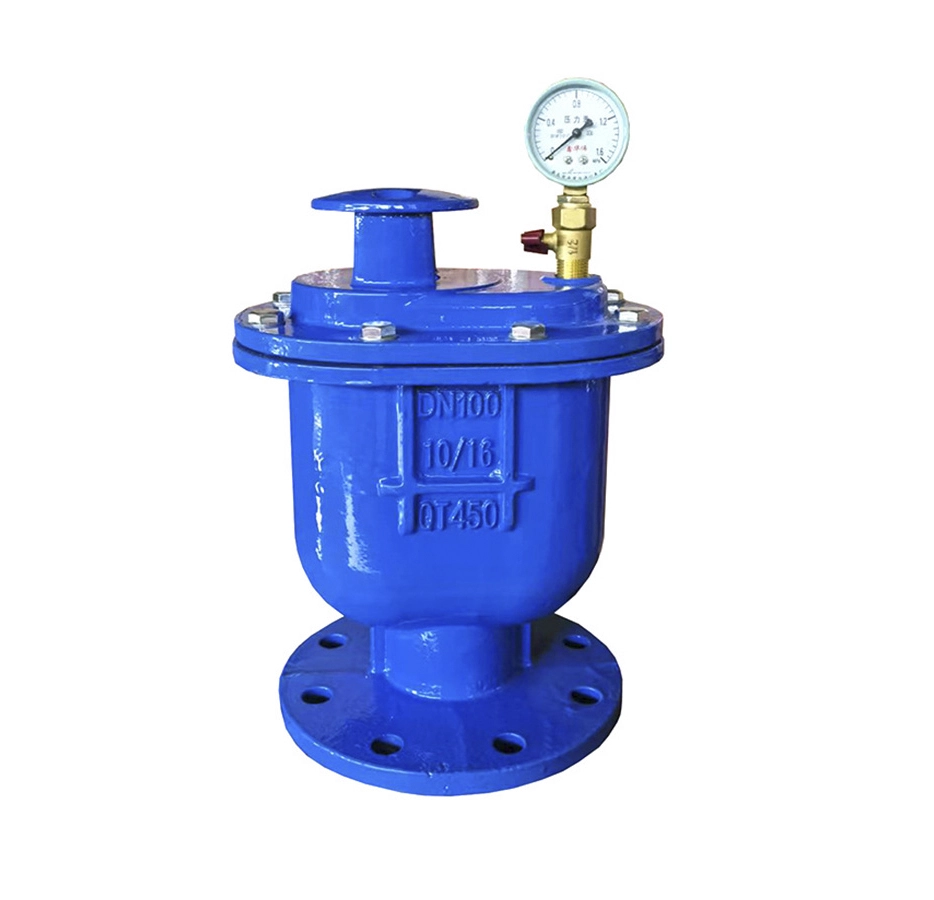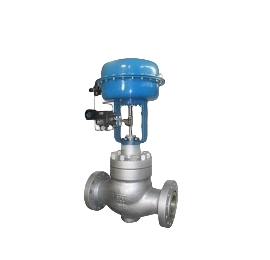The PC ball valve is a valve with a one-piece two-piece or three-piece body design, which is bolted together for easy disassembly. It uses a rotating ball to control the flow, has good sealing, compact structure and low flow resistance.
Compact structure, easy installation:The disc ball valve adopts a two-piece or three-piece valve body design, which is connected by bolts. It has a simple and compact structure, occupies little space, and is easy to install and disassemble.
Easy maintenance:Since the valve body is removable, it is very convenient to repair and replace internal parts (such as ball, valve seat, sealing ring) without completely removing the valve from the pipeline, saving time and cost.
Excellent sealing performance:Soft seals (such as PTFE) or metal seals are used to ensure that the valve can still achieve zero leakage under high pressure, high temperature or corrosive media.
Small flow resistance and strong flow capacity:The full-bore design makes the medium flow resistance small and the pressure loss low, which is particularly suitable for working conditions with high flow and low flow resistance.
Easy to operate:Simply rotate 90 degrees to open or close quickly. It supports manual, pneumatic or electric operation to meet the needs of automated control.
Strong corrosion resistance: The valve body and key components are made of corrosion-resistant materials such as stainless steel and carbon steel, and the surface is specially treated to be suitable for corrosive media.
Wide range of applications: It can handle a variety of media such as liquids, gases, steam, etc. and is widely used in industries such as petroleum, chemical, electric power, water treatment, food and medicine.
Economical and practical:Simple structure, low manufacturing cost, low maintenance cost, long service life and high cost performance.
Oil and Gas:Transportation of oil, natural gas, and other fluids under high pressure.
Power Generation:Boilers, heat exchangers, and high-temperature pipelines.
Chemical Industry:Handling corrosive fluids and high-pressure processes.
Automotive:Manufacturing of components requiring high strength and durability.
Construction:Structural applications, such as bridges and buildings.
Mechanical Engineering:Hydraulic systems, bearings, and machinery parts.

 EN
EN
.webp)
-company.webp)









